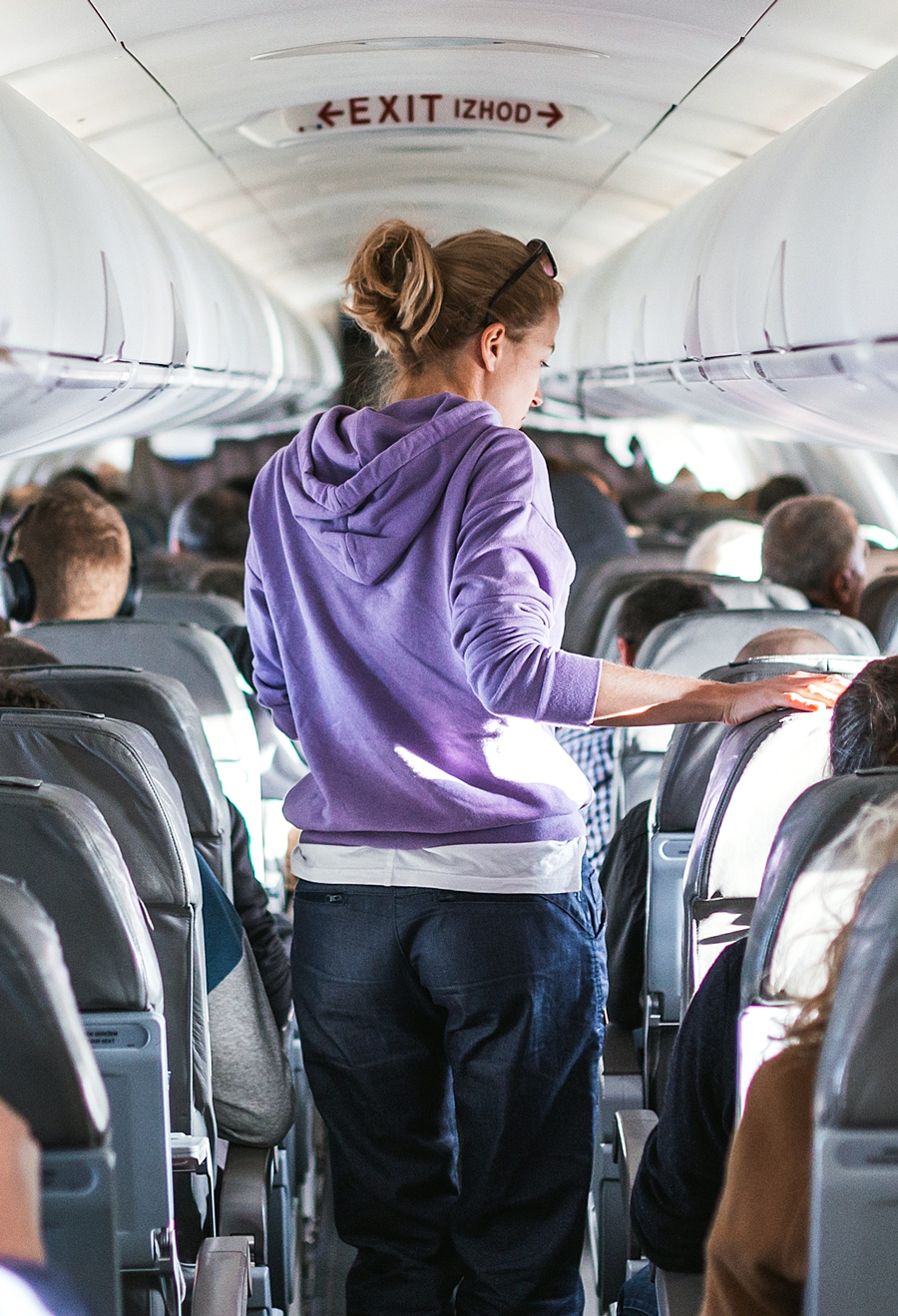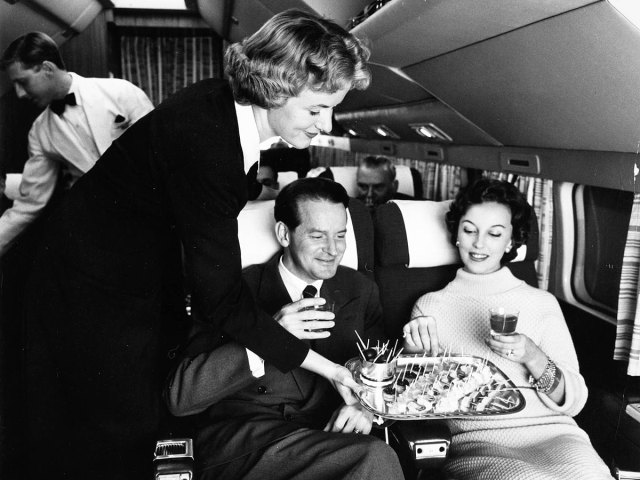On an average day, more than 100,000 flights take to the skies around the globe. That fact is even more remarkable when you consider the complex nature of air travel — it takes careful coordination among pilots, flight attendants, gate agents, aircraft cleaners, baggage handlers, flight dispatchers, air traffic controllers, and many other people to get each flight off the ground. Perhaps that’s one reason why many people find airplanes so fascinating. If you count yourself among them, you’ll be interested to know that modern airlines contain many subtle features that often go unnoticed and are designed to keep passengers and crew comfortable and safe during a flight. Have you ever spotted these eight hidden features of airplane cabins?
Secret Crew Bunks
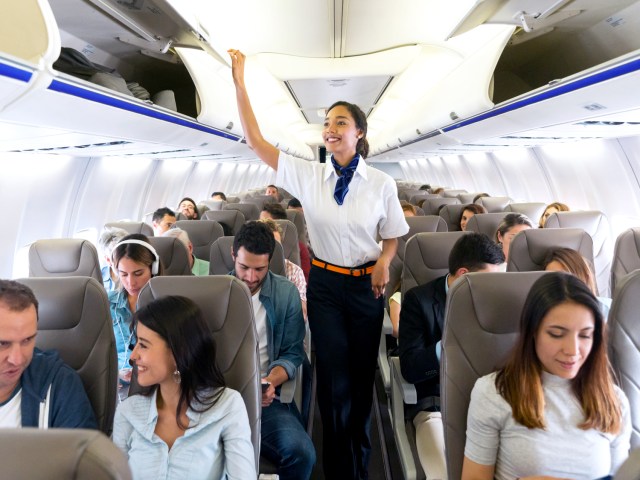
Commercial airliners these days can fly farther than ever before — currently, the world’s longest flight is in the sky for more than 19 hours between New York and Singapore. Just like passengers who are likely to doze off during the flight, pilots and flight attendants also need to rest during long-haul journeys. But where exactly do they take breaks? On many planes, what looks like a lavatory door toward the back galley actually conceals an entrance to a staircase up to a hidden crew rest bunk.
As Hong Kong-based airline Cathay Pacific explains, flight crews are required to rest for a minimum of three hours when the duration of the flight is 14 hours or longer (and longer for ultra-long-haul flights). These crew bunks are typically tight quarters, with a low ceiling and a narrow aisle separating up to 10 bunks arranged closely together. Crews take turns sleeping during the flight, and noise is strictly off-limits — they’ll usually have to set a phone alarm on vibrate mode when it’s time to return to cabin service.
Aisle Armrest Levers
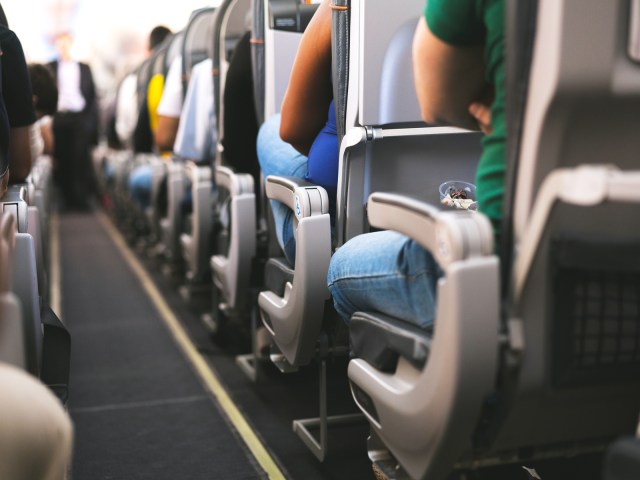
It isn’t just the crew bunk that’s a tight squeeze — the typical economy class seat measures just 17 to 18 inches wide. If you’re traveling in the window seat, you can create a little extra room for yourself by leaning against the window, and if you’re in the middle seat you can raise the armrest between seats (assuming you’re traveling with someone you know). Most passengers in the aisle seat, however, think those armrests along the aisle are fixed in place, but that’s not actually the case.
Located under the armrest closest to the aisle is a small, secret button that allows you to lift the armrest up to the back of your seat. This feature is particularly useful for getting in and out of your seat, but it was actually designed with safety in mind — it allows passengers to reach the exits more quickly in the event of an emergency.
Triangles Above Certain Windows

If you’re particularly detail-oriented, you might have noticed that there are tiny triangle stickers on the cabin wall above certain windows. According to Captain Joe, an airline pilot with his own YouTube channel, these stickers indicate which windows provide the best view of the wings. If the crew needs to see outside for safety reasons, they know which windows to look for.
Tiny Holes in the Windows

You also may have noticed that airplane windows contain tiny holes near the bottom. There’s no need to panic, though, as they, too, exist for a specific safety purpose. Airplane windows have three layers, and these small holes are only in the middle layer, so they don’t go all the way through to the outside. They are designed to help regulate the difference in pressure between the air outside at 30,000 feet and the air inside the cabin, which is pressurized more than the air outside to create a comfortable environment. These holes are typically called breather holes or bleed holes.
Lavatory Locks on the Outside
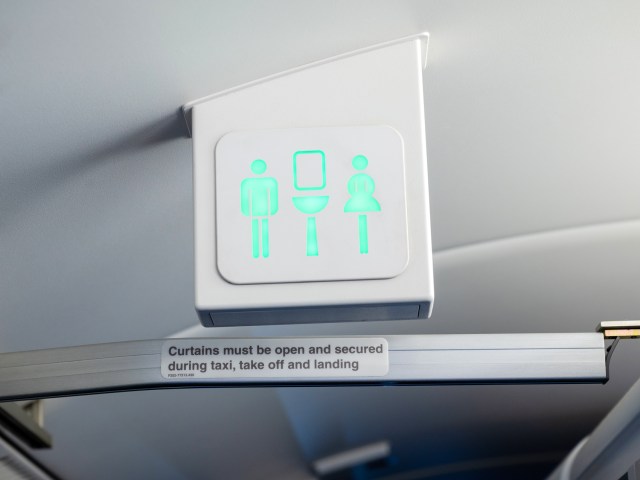
Everyone’s familiar with the lock inside cabin bathrooms, but did you know they also unlock from the outside? This hidden feature exists for flight attendants to unlock the lavatory door during an emergency, when the crew might need to be able to quickly access the bathroom. It also may be necessary if a passenger needs assistance while in the bathroom, or it can be used for children who might be unable to unlock the door themselves. To find the lock, flip up the “lavatory” sign on the outside of the door.
A Secret Built-In Handrail
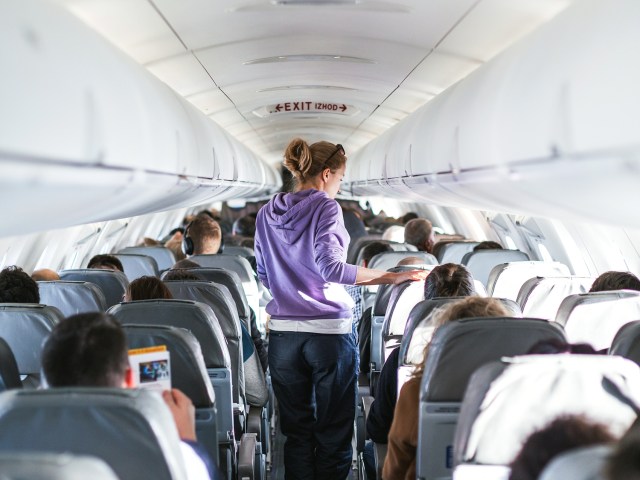
Though you should be seated with your seatbelt fastened, if you’ve ever found yourself up in the aisle during turbulence, you’ll appreciate this hidden airplane feature. Instead of grabbing other seats and disturbing fellow passengers to get back to your own seat, reach up to the ceiling. You’ll find a built-in handle rail along the bottom edge of the storage compartment, which you can use to steady yourself. Flight attendants often use it while they walk through the cabin, so next time follow their lead.
Special Tray Tables

You might not think there’s much to your aircraft tray table. When it’s locked in its upright position, you swing the latch in either direction to release it, and voilà — you have a surface to eat that bland in-flight meal or work away on your laptop. But not all tray tables are the same. As Swiss International Airlines points out, in the emergency exit rows, the tray table latches open in only one direction. This is to prevent passengers from unintentionally releasing the tray table during an emergency when a quick evacuation through the window exits may be necessary.
Windows That Actually Open
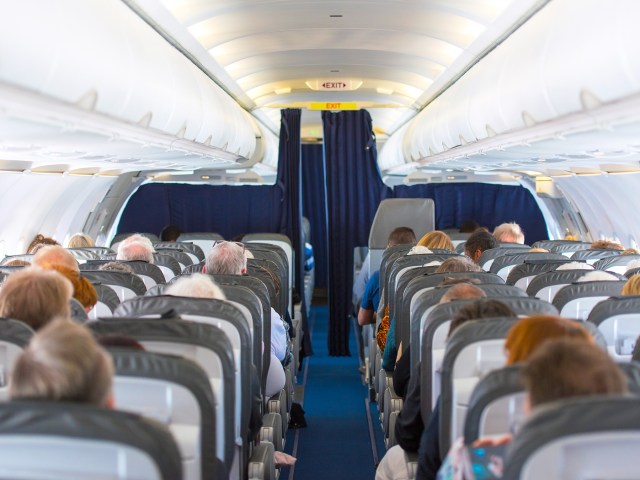
Finally, there’s one more feature to note about airplane windows, which is that some of them actually open to the outside. Fortunately, none of these are accessible to passengers — the only windows that open are located in the flight deck. This is again designed for safety reasons (to allow pilots to quickly exit in case of an emergency) but can also be useful in other situations. As one pilot explained, pilots might reach out the window to wave to get the attention of ground staff if they aren’t connected to their headset, or just pop it open for some fresh air at the gate between flights. The windows open wide enough for some pilots to crawl out of the cockpit.
More from our network
Daily Passport is part of Inbox Studio, which publishes content that uplifts, informs, and inspires.






